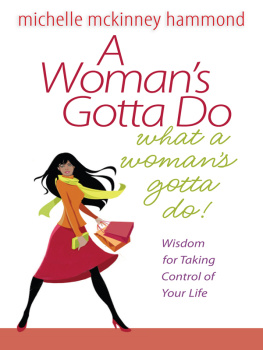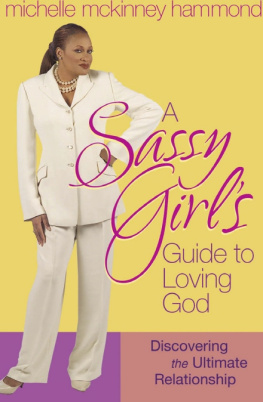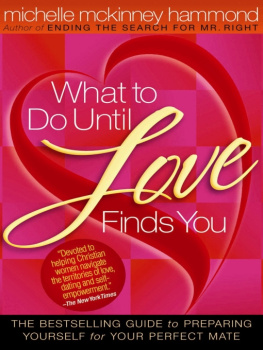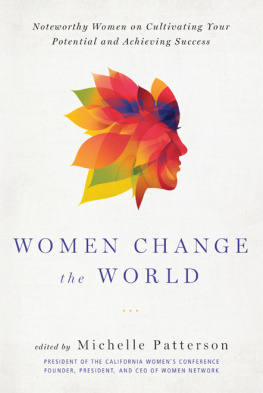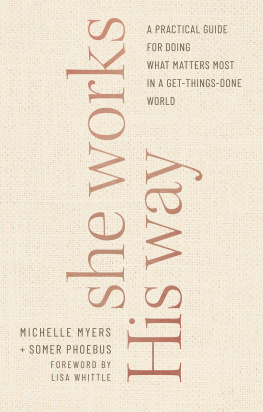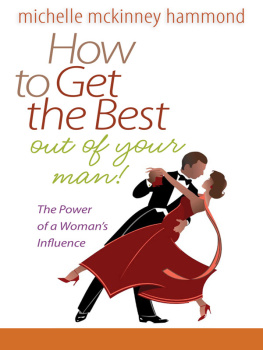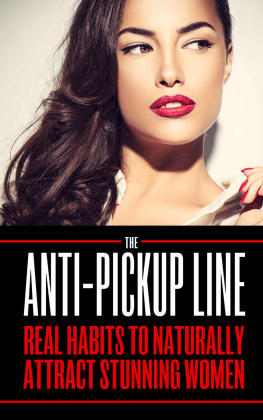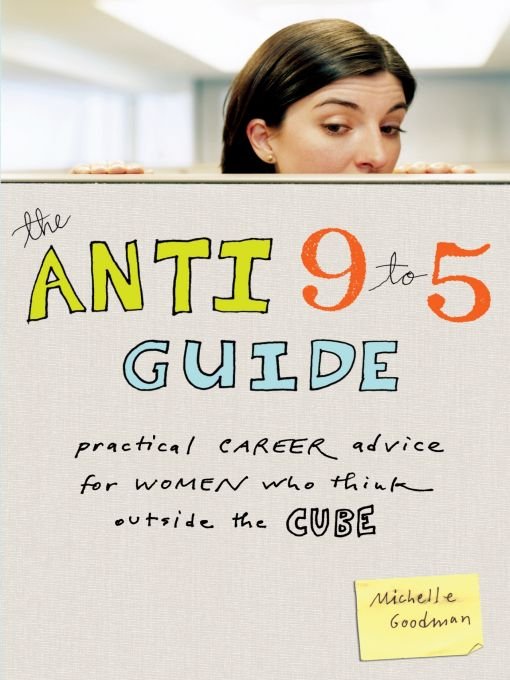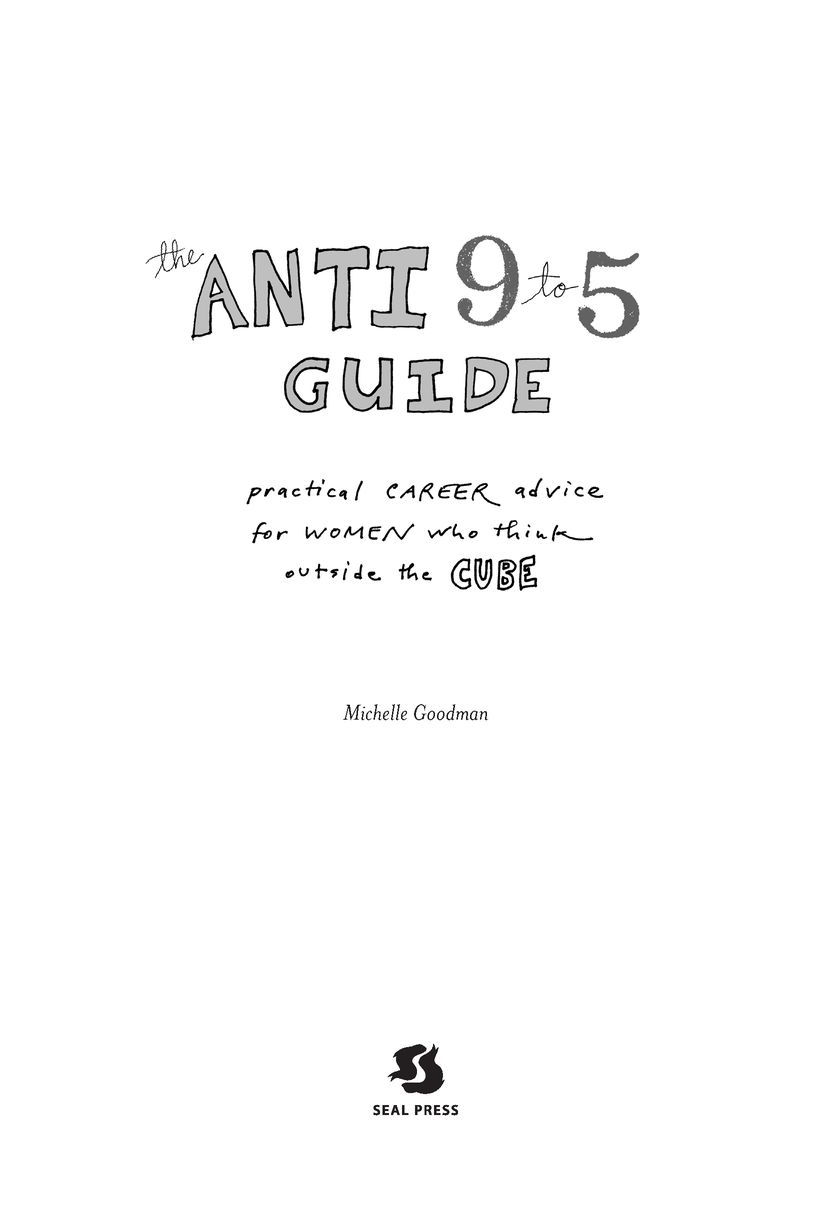Table of Contents
To my mom, the first career woman in my life.
And to Grandpa Jack, the first entrepreneur who inspired me.
Im not gonna spend the rest of my life working my ass
off and getting nowhere just because I followed rules
that I had nothing to do with setting up.
Melanie Griffith as Tess McGill in Working Girl, 1988
Introduction, or how I fleel the CUBE
Back when I was a wage slave, sleep didnt come easy. Sometimes Id spend the wee morning hours fixated on my bedroom ceiling, stressing about the three days worth of work some joker had assigned me at five oclock that afternooninevitably accompanied by sticky notes covered with red exclamation points, and an impossible deadline just twenty-four hours away. Or my sleep would be riddled with those ever-dreaded work dreams. There Id be in my flannel jammies, slumbering far from peacefully as my dreams transported me to my grim gray cubicle. And there Dreamstate Me would be seated at my workstation, editing the same technical documentation Wakingstate Me would have to edit the next day when I actually got out of bed and dragged my bleary-eyed self into the office. Not only was I cheating myself out of a good nights sleep, I was doing the same onerous job one time too many.
Perhaps I just needed to learn to relax, take up Xanax, desk yoga, or transcendental commuter meditation. But I like to think Im just not hardwired for office work and all the groveling, commuting, and Monday morning staff meetings that come with it. To me, the devil doesnt wear Pradathe devil wears pantyhose.
Thats why, in my mid-twenties, after one fitful night too many, I got myself a pair of bunny slippers and began dabbling in all things anti 9-to-5: freelancing, temping, telecommuting, part-time work, flextime work, self-employment, you name it. As long as the work was somewhat related to writing and didnt involve sitting at someone elses desk a full forty hours a week, I was game. (Okay, maybe typing up the erotic Wiccan poetry manuscripts of art students wasnt writing, per se, but it seemed like a close cousin at the time. Plus, it meant I could work from home.)
As a cubicle expat, I still couldnt sleep, but it was because I was so amped about landing an editing project with an honest-to-goodness publisher (of calculus textbooks!) or a couple of 300-word writing assignments for some obscure, artsy newsletter with a whopping circulation of eleven. Piddly assignments soon became stepping-stones to beefier ones, though, and within a few years, I graduated to writing and editing for household-name companies and publications, effectively quelling all inquiries from family about when I was going to get a real job.
When I started working for myself back in the Middle Ages, I didnt have a mentor, a guidebook, a Rolodex, or any freelance friends to talk shop with. Web surfing was a relatively new phenomenon (Google and Blogger had yet to debut), so I didnt have todays wealth of information at my fingertips. I also didnt have a clue, seeing as I left the cushy world of biweekly paychecks without so much as reading a book on self-employment, let alone securing a solid client base or saving up a couple hundred bucks. (Lesson learned: Leaping before you look is stupid.) Consequently, I discovered how to work outside the cube on the joband by screwing up a whole lot of things, from my first few freelance projects (for ye olde college textbook publisher) to my credit rating.
By the time I finally got around to perusing the self-employment shelf at the bookstore several years later, I felt like an imposter, like I didnt belong in the DIY-career club. Where were the career manuals for creative, gutsy young women who wanted to rewrite the rules of work but werent Cosmo-swilling Sex and the City wannabes or briefcase-toting empty-nesters with enough money to finance both a career change and a time-share in Hawaii? Where were the books that took a realistic look at how the heck you could finagle the anti 9-to-5 life while broke, rather than feeding us woo-woo, chakra-spinning visualization techniques and daily affirmations? After all, if you cant afford a box of crackers, you probably arent going to love what you do for long.
Im not an MBA or CPA or lawyer or financial planner. Nor am I a career coach. (Though I do seem to be the go-to gal in my circle of friends for advice on how to negotiate a project contract or how to tell their boss theyd like to slap him or her upside the head.) What I am is a gal who has been there and faxed that and can tell you what Ive learned the hard way about how to work outside the 9-to-5 realm without winding up on food stamps. The way I see it, you might as well learn from my mistakes and save yourself some time, migraines, and credit card debt. If you want accredited legal and financial advice, though, youd best consult a professional or hit up your lawyer cousin for a freebie.
That said, when I was asked to do this book, I realized I didnt want to just rely on my own experiences as a freelancer, freeloader, telecommuter, temp, and fan of all things flex. So I hit the books, scoured the web, and picked the brains of multiple career coaches, business experts, and trendwatchers. And I talked to dozens of twenty- and thirtysomething women across the country with self-styled careers or ambitions. I also squeezed in a couple chats with midlifers who have careers too fascinating not to savor. Many of these women are single, some are shacked up, and some have kids to boot. Youll find lots of their stories and suggestions woven into these pages.
No matter what their stage of life, these artists, activists, moonlighters, globetrotters, adrenaline junkies, burned-out execs, small-business owners, and aspiring superstars share the same sentiment: Quality of life trumps all else. Or as Molly Kenny, who founded a nonprofit yoga studio that serves the physically and emotionally challenged, puts it, As far as we know, you only go around once, and I am hell-bent on not having a mediocre life. If you, too, are looking for a less cringe-inducing way to make a buck, balance a side gig or family with your day job, or crash though the glass ceiling, youve come to the right place.
You dont need me to tell you this isnt your mothers careerthe days of segregated want ads, job titles like Gal Friday, and high school guidance counselors pushing applications for colleges that attract marriageable men in premed are light-years behind us. Now that everyones wired to the hilt and company loyalty, pension plans, social security, and the eight-hour workday are pretty much a historical footnote, were far more enterprising than our parents ever were. Multiple career changes, extended travel, and entrepreneurship are de rigueur. Its not like you get out of school and say, Okay, whats my forty-year game plan? says Kirsten Johnson, a career counselor to other twentysomethings and author of the blog Dream Big.
Still, parents, guidance counselors, and friends whove drunk the 9-to-5 Kool-Aid and are notoriously slow on the uptake can be prone to dispensing horrifically irrelevant advice. Even if they can get past pushing the MD-ESQ-MBA troika on you, they may advise you to do something as hapless as wearing a suit to a job interview on a construction site.
Thats where this book comes in. Ill tell you how to research your dream job, find like-minded women to conspire with, and scrimp and save so you dont have to wait till youre sixty-five (or, worse, seventy-five) to do what you really want to do with your life. This is not an exhaustive guide, but a primer you can use as a jumping-off pointwhether you want to pursue a career in carpentry, start your own dog-walking business, or finally make some headway on that novel youve been pretending to write for the past five years.




